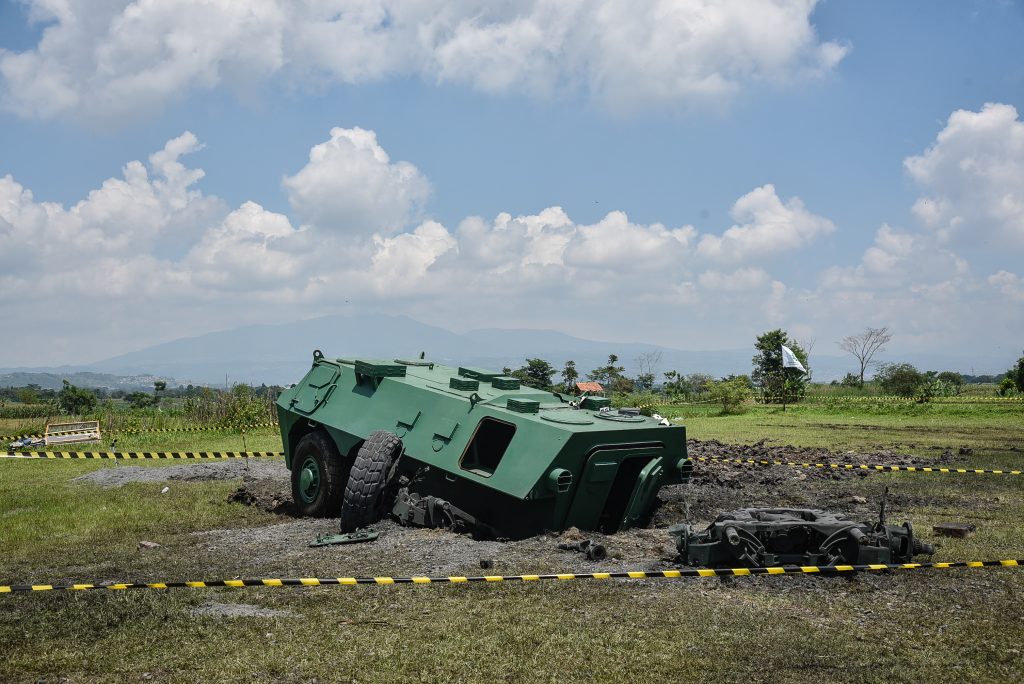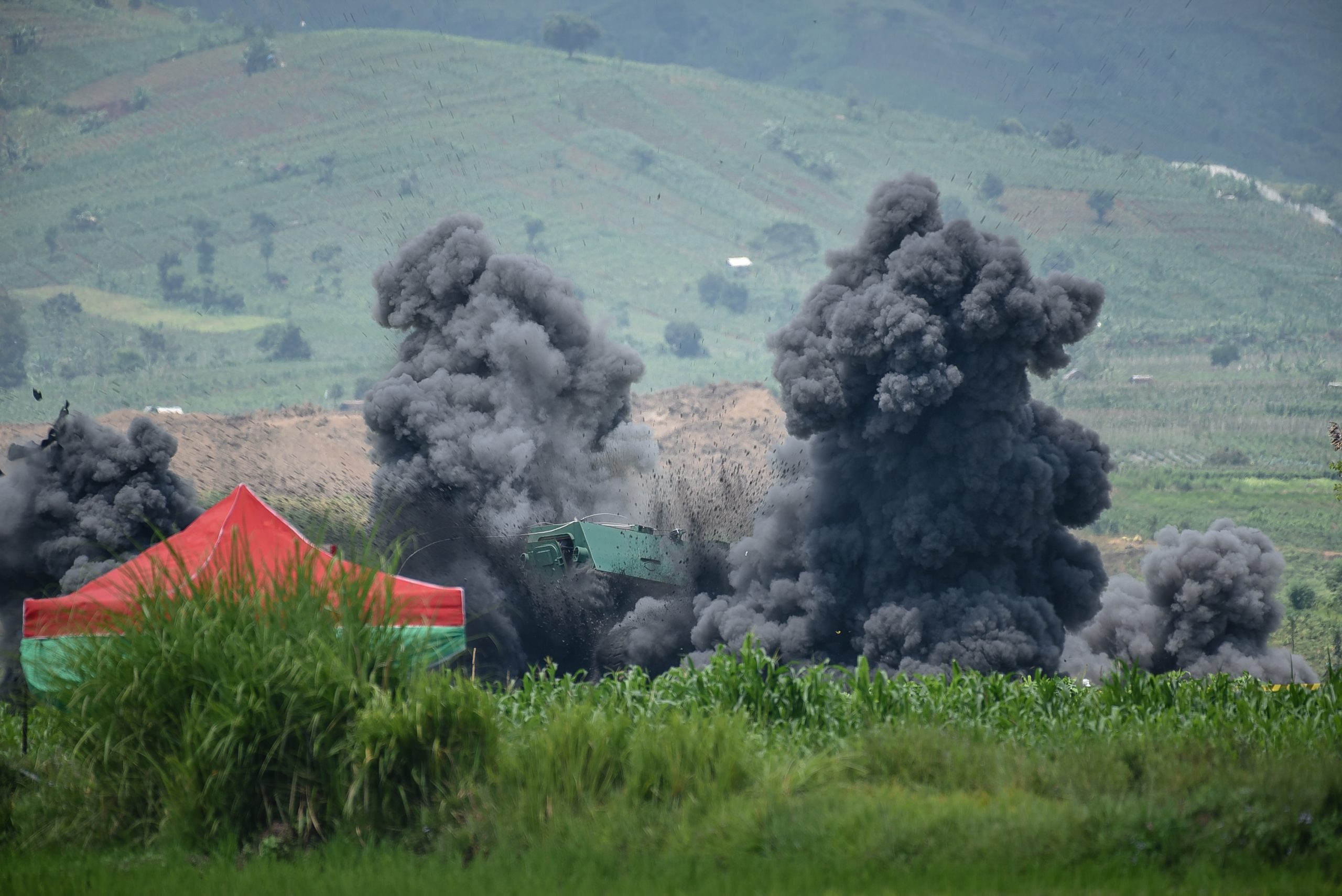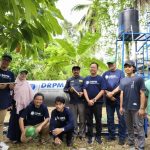Collaboration between FTMD and PT Pindad in the Development of Anoa-2 Armored Vehicle’s Blast-Resistant Structure
Bandung: PT Pindad (Persero) has teamed up with the Faculty of Mechanical and Aerospace Engineering (FTMD) ITB (Institut Teknologi Bandung) to develop the blast-resistant structure of the Anoa-2 armored vehicle. Both parties conducted joint research to support the National Defense and Security, funded by LPDP RI. The development of the blast-resistant structure took three years and culminated in a successful mine explosion test on the Anoa-2 6×6 armored vehicle on Wednesday (December 8, 2021) at the Pussenarmed shooting range in Batujajar, West Bandung.
In this development, the Anoa-2 armored vehicle was targeted to significantly improve its blast resistance capabilities in the undertrack area (wheel strength) to reach level 3B, equivalent to 8 kilos of TNT. This enhanced blast-resistant capability can safeguard personnel and equipment inside the armored vehicle during missions.
The FTMD research team, consisting of Dr. Ir. Leonardo Gunawan, Dr. Sigit Puji Santosa, MSME, Prof. Dr. Ichsan Setya Putra, Dr. Arief Nur Pratomo, S.T., M.T., and Djarot Widagdo, Ph.D., carried out explosion simulations using software and blast-resistant structure designs in the initial phase. The simulations aimed to study the effects of explosions on the structure, especially the undertrack area, and were used to design the blast-resistant structure. At this stage, testing was still conducted in the laboratory setting.
The final stage involved the explosion test on the Anoa-2 armored vehicle. The test utilized TNT mines placed under the vehicle’s hull, following STANAG 4569-AEP-55 volume 2 Level 3B standard (TNT 8 Kg). The results of the explosion test indicated the success of the blast-resistant structure development for the armored vehicle.

The collaboration between PT Pindad and ITB has also resulted in innovative technologies that protect personnel (TNI soldiers) from explosion hazards, leading to three patents and related scientific publications. The outcomes of this cooperation can contribute to the future development of explosion protection technologies. Additionally, the results of this collaboration will be implemented commercially by the industry and used by PT Pindad.
PT Pindad expressed delight in the smooth collaboration with ITB, as all set targets were achieved without delays. The cooperation provided valuable knowledge and input, and the FTMD ITB research team demonstrated great cooperation in providing quick assistance and solutions to meet PT Pindad’s needs. The shared vision and mission between PT Pindad and the FTMD research team were crucial factors in the success of this collaboration. With the support of the FTMD research team’s expertise and the utilization of the latest scientific and technological methods, this collaboration has produced practical solutions for PT Pindad’s industry. PT Pindad expressed high satisfaction and joy in working with ITB and looks forward to continuing the partnership.







